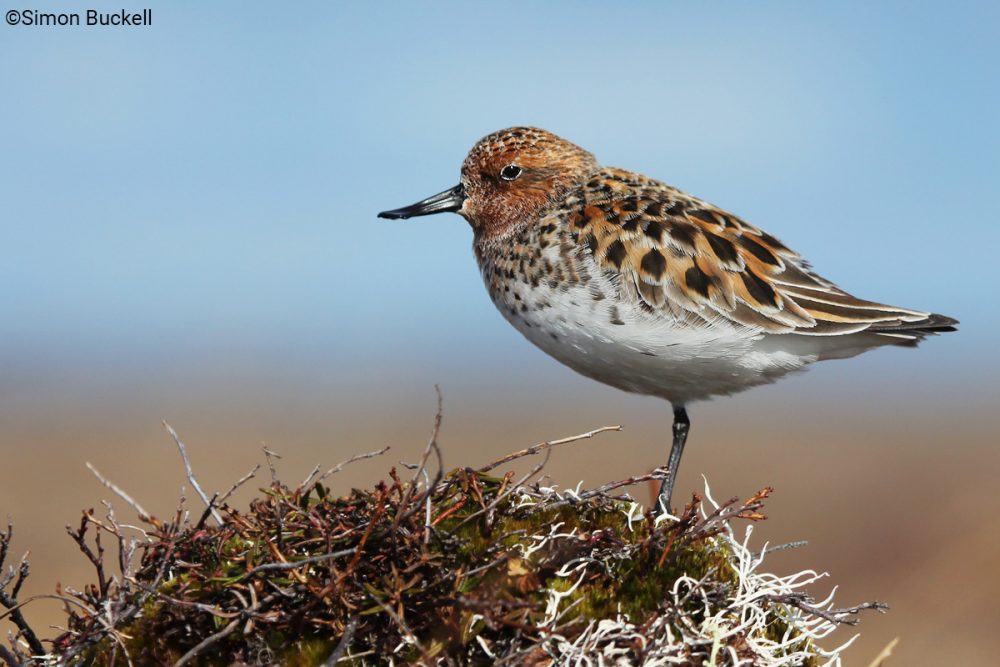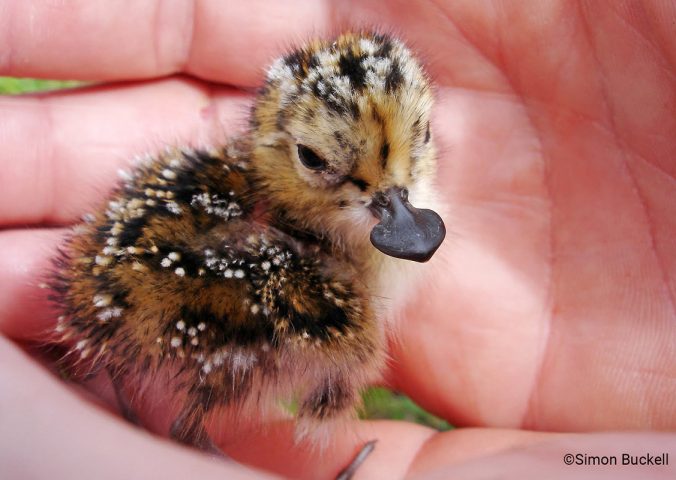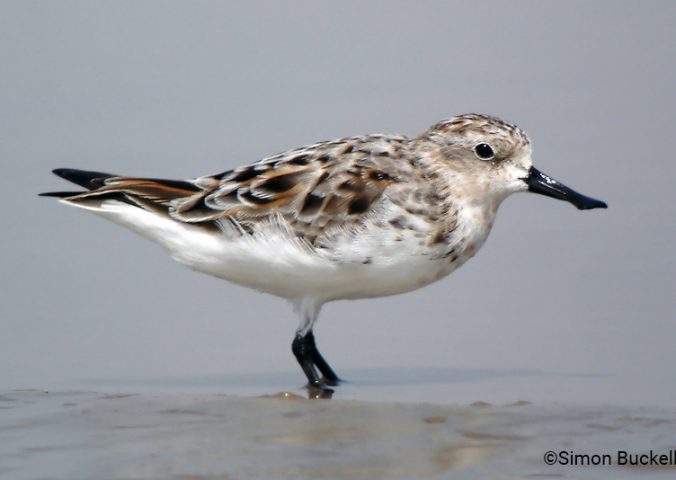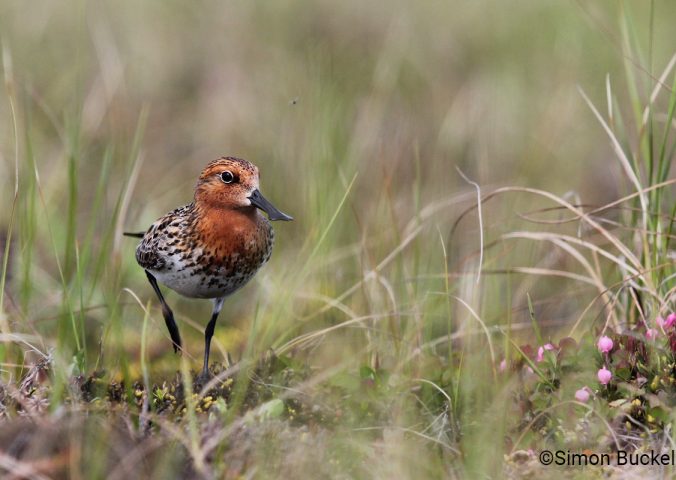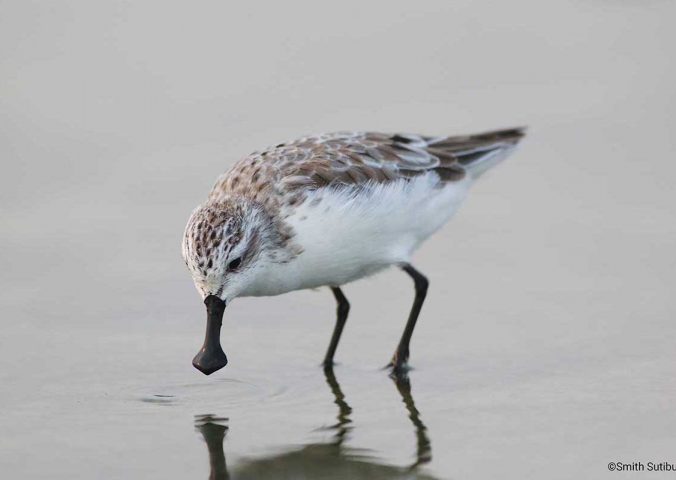About
This little wading bird has an incredible and unique spatula-shaped bill.
It is not closely related to the Spoonbills and unlike any other bird, emerges from the egg already possessing the spoon-shaped bill. They use their incredible bill in a number of ways to forage for food. It has been seen on wet tidal flats employing a ‘run-and-peck’ method, or rapidly pecking at the substrate, an approach often called ‘sewing’. It is thought that sewing turns the top layer of sand into a ‘soup’ in which prey is trapped.
The species has a vast range, breeding in Russia, migrating through 14 different countries and wintering in China, Vietnam, Thailand, Malaysia, Myanmar and Bangladesh.
Unfortunately human activities affect the birds in all of these regions, the greatest threats being hunting and reclamation of intertidal mudflats for coastal development. However, its charismatic appearance may have helped save it from extinction as the species is now receiving a large amount of conservation attention. Work is already underway to stop hunting and habitat loss, promote alternative livelihoods for hunters and implement captive breeding programmes.
- Order: Charadriiformes
- Family: Scolopacidae
- Population: 360-600
- Trend: decreasing
- Size: 14-16cm
- Weight: 31-40g
EDGE Score
Distribution
The species breeds in Chukotka in North-East Russia along a broken strip of coastal tundra. Following the breeding season, individuals will undertake an 8,000km journey along the coast through Russia, Japan, North and South Korea, China and Taiwan to reach South and South East Asia where it spends the winter.
Habitat and Ecology
Breeding habitats are usually lagoon spits or sandy ridges with low vegetation, such as birch and willow sedge, within which the chick can forage for invertebrates. Little is known about the species’ wintering habitat but it is thought to winter on sandy coastal mudflats with shallow water. The species has never been observed further than 7km from the sea. They feed on worms, miniature red crabs, and amphipods.
